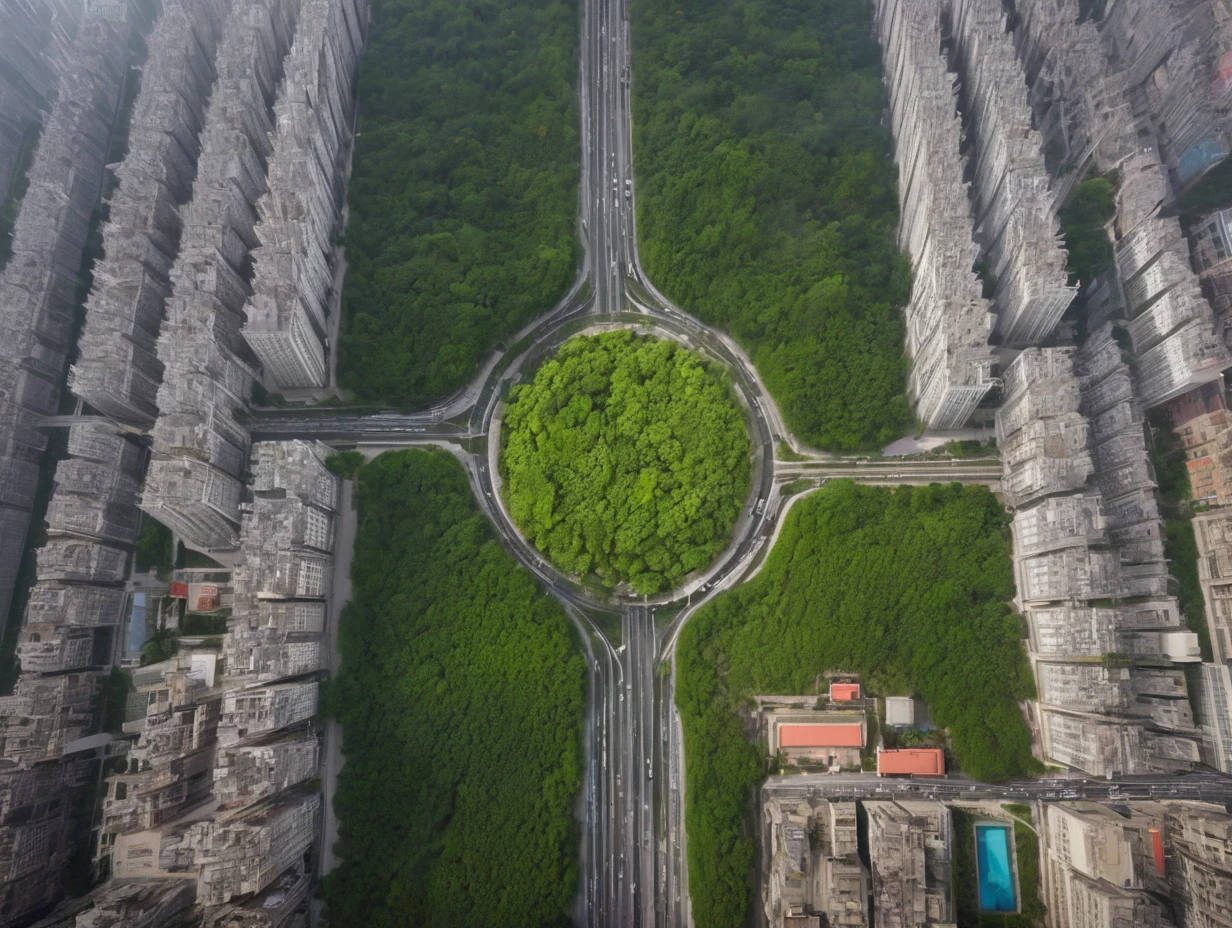AI Mapping Carbon Emissions for Sustainable Urban Planning in China
China researchers are now embracing the deployment of AI which helps to delineate the carbon footprint in some mega cities empowering those managing the urban system by allowing them to base decisions on facts and figures.
Innovative AI technology
A group of scientists from the Aerospace Information Research Institute of the Chinese Academy of Science has designed an AI-driven tool that can read carbon emissions precisely. The applied carbon monitoring technology makes use of a vehicle traveling around busy downtown Shenzhen collecting actual data on carbon dioxide concentrations in the air.
Equipped with cutting–edge sensors and a range of cameras that give 360◦ view, the vehicle collects a vast quantity of information including the emission of carbon from different sources that include vehicles, buildings, and vegetation. This information is later sent to the Beijing laboratory where an AI system processes and conducts an analysis of the results by applying state-of-the-art deep learning algorithms.
The deep learning algorithm is capable of identifying the emission sources and can create fine detailed estimates that show their contribution to the carbon load. On the other hand, small cars were discovered to be the first emitter in some places but heavy crime under a watchful eye followed by bigger trucks and those that were construed were emerging as the genealogical sources. This depth of information is undoubtedly the most precious tool to develop specific measures for urban managers looking to cut their carbon footprint.
High definition mapping
The AI system can then create maps of impressive quality and accuracy 100 meters resolution after its long training. Not only does the app model provide accuracy in predicting road traffic carbon emission intensity but it exhibits an outstanding performance of over 92. percent. These maps give an accurate image of cities with hotspots of emission due to the burning of carbon, and the solutions to mitigating the effects.
Practical assistants for decision-makers in the form of AI maps are one of the key features aimed at accelerating transport development. A team of expert professionals having technical know-how can unveil factors contributing to high emissions in specific areas such as inefficient traffic flow or lack of nature zones. For example, lane utilization, adding trees, or opening a park can be an effective UProhimelyH solution to increase green spaces and improve air quality.
AI revolutionizing carbon oversight and urban architecture
AI technology being successfully utilized markings of emissions could be second to none. The Ministry of Ecology and Environmental wants to build a modern ecosystem detection system by 2035, as a part of the long-term efforts to suppress climate change. This system will enable progress based on smart technology like AI to produce better monitoring and control of the environmental condition in the country.
The application of AI in the area of carbon-based emission oversight signifies a remarkably new step in ecology and urban architecture. Through the use of technology, China makes public transport more efficient and saves energy consumption, and at the same time makes cities more resistant to the effects of climate change. As more and more research is conducted and innovations are developed it is suggested that AI-supportive solutions may initiate a turning point in the field of environmental management which will result in generations sharing a better green world.
This article originally appeared in Xinhua






